What Is Gestalt Theory Gestalt theory explores the dynamic relationships that connect the various elements of reality Gestalt theory does not conceive separating processes such as learning from memory We are active in understanding reality We do not all perceive reality in the same way we have our own vision
Gestalt psychology school of psychology founded in the 20th century that provided the foundation for the modern study of perception Gestalt theory emphasizes that the whole of anything is greater than its parts Gestalt psychology gestaltism or configurationism is a school of psychology and a theory of perception that emphasises the processing of entire patterns and configurations and not merely individual components
What Is Gestalt Theory

What Is Gestalt Theory
https://i.pinimg.com/originals/5c/ec/12/5cec12c2e3a6a3ab8c8646e9cf642dd1.jpg

6 Gestalt Principles In UX Design UX Hints
https://uxhints.com/wp-content/uploads/[email protected]
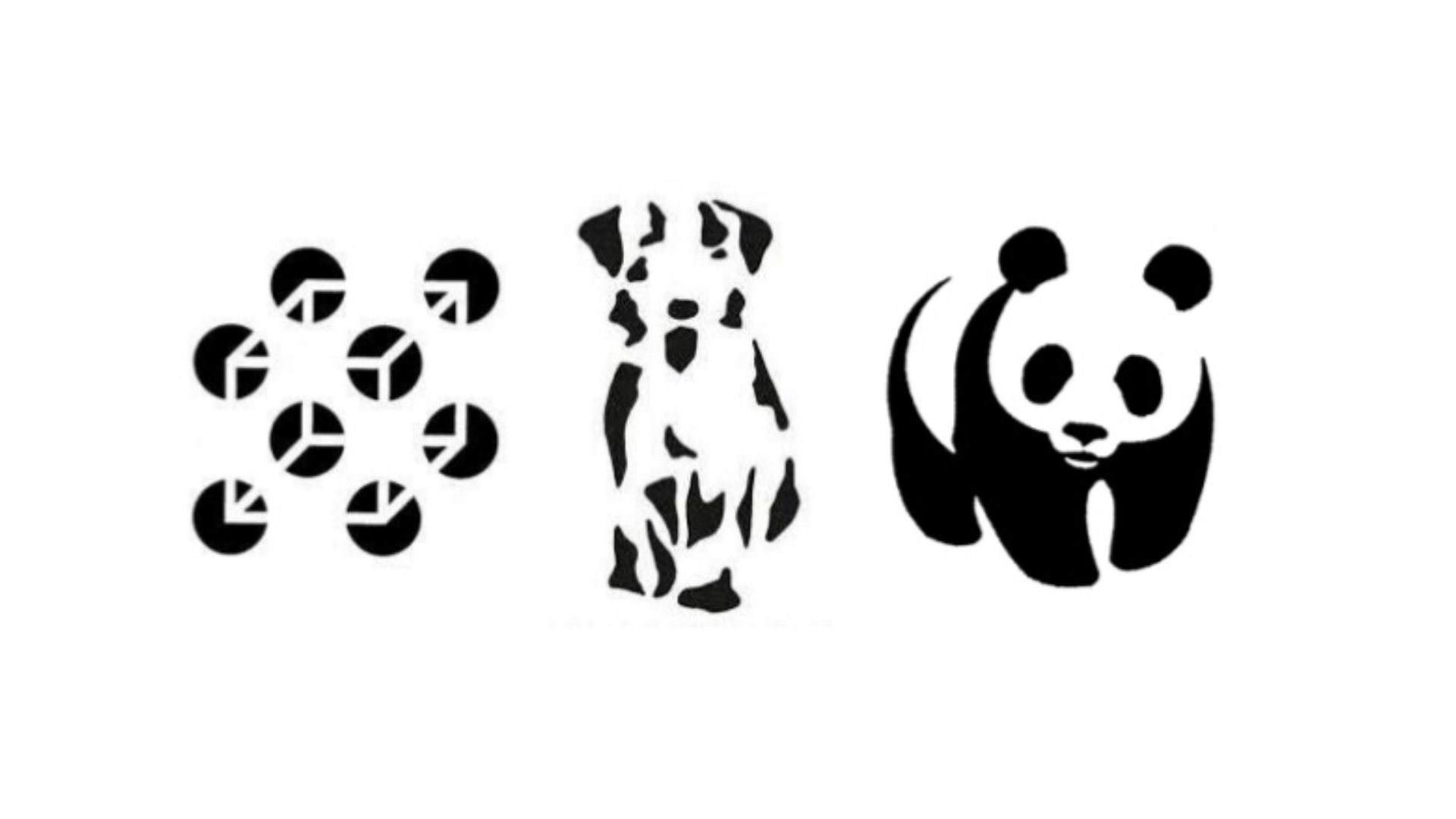
Gestalt Principles Closure Examples
https://chrisbrejon.com/wp-content/uploads/2020/08/030_gestaltTheory_0440_gestalt_law_closure_FHD.jpg
Gestalt psychology is a holistic approach that looks at the mind and behavior as a whole Learn the principles of Gestalt psychology and how it is used today Gestalt is a highly positive and practical integrative therapeutic approach Broadly Gestalt practitioners help people to focus on their immediate thoughts feelings and behaviour and to better understand the way they relate to others
Gestalt theory a psychological framework developed in the early 20th century by German psychologists Max Wertheimer Wolfgang K hler and Kurt Koffka provides valuable insights into how humans perceive and make sense of the world around them Explore Gestalt psychology s core principles historical roots and contemporary relevance in perception therapy and design Discover its lasting impact
More picture related to What Is Gestalt Theory

Connectedness Psychology
https://helpfulprofessor.com/wp-content/uploads/2023/03/connectedness-gestalt-principle.jpg

Gestalt Simplicity
https://i.ytimg.com/vi/CmvLX6-560w/maxresdefault.jpg

Why Design Is Important For Content Marketing ImagiWorks
http://cdn2.business2community.com/wp-content/uploads/2015/07/gestalt-theory-why-design-is-important-for-content-marketing1.jpg.jpg
Gestalt theory or psychology is a school of thought that observes the human mind and the behavior of the human being as a whole When trying to make sense of the world around us Gestalt psychology suggests that we should not simply focus on every small component Gestalt theory overall states that the mind seeks to perceive a whole image rather than the sum of its parts How do we do that We may close the gaps to give ourselves a single shape or image
[desc-10] [desc-11]

Gestalt Continuity Examples
https://helpfulprofessor.com/wp-content/uploads/2023/03/continuity-principle-gestalt-theory-1024x724.jpg

Gestalt Proximity Examples
https://miro.medium.com/v2/resize:fit:2000/0*c6t0WWqxrf25XlWD.jpg

https://yourbrain.health › gestalt-theory
Gestalt theory explores the dynamic relationships that connect the various elements of reality Gestalt theory does not conceive separating processes such as learning from memory We are active in understanding reality We do not all perceive reality in the same way we have our own vision

https://www.britannica.com › science › Gestalt-psychology
Gestalt psychology school of psychology founded in the 20th century that provided the foundation for the modern study of perception Gestalt theory emphasizes that the whole of anything is greater than its parts

Gestalt Psychology Continuity

Gestalt Continuity Examples
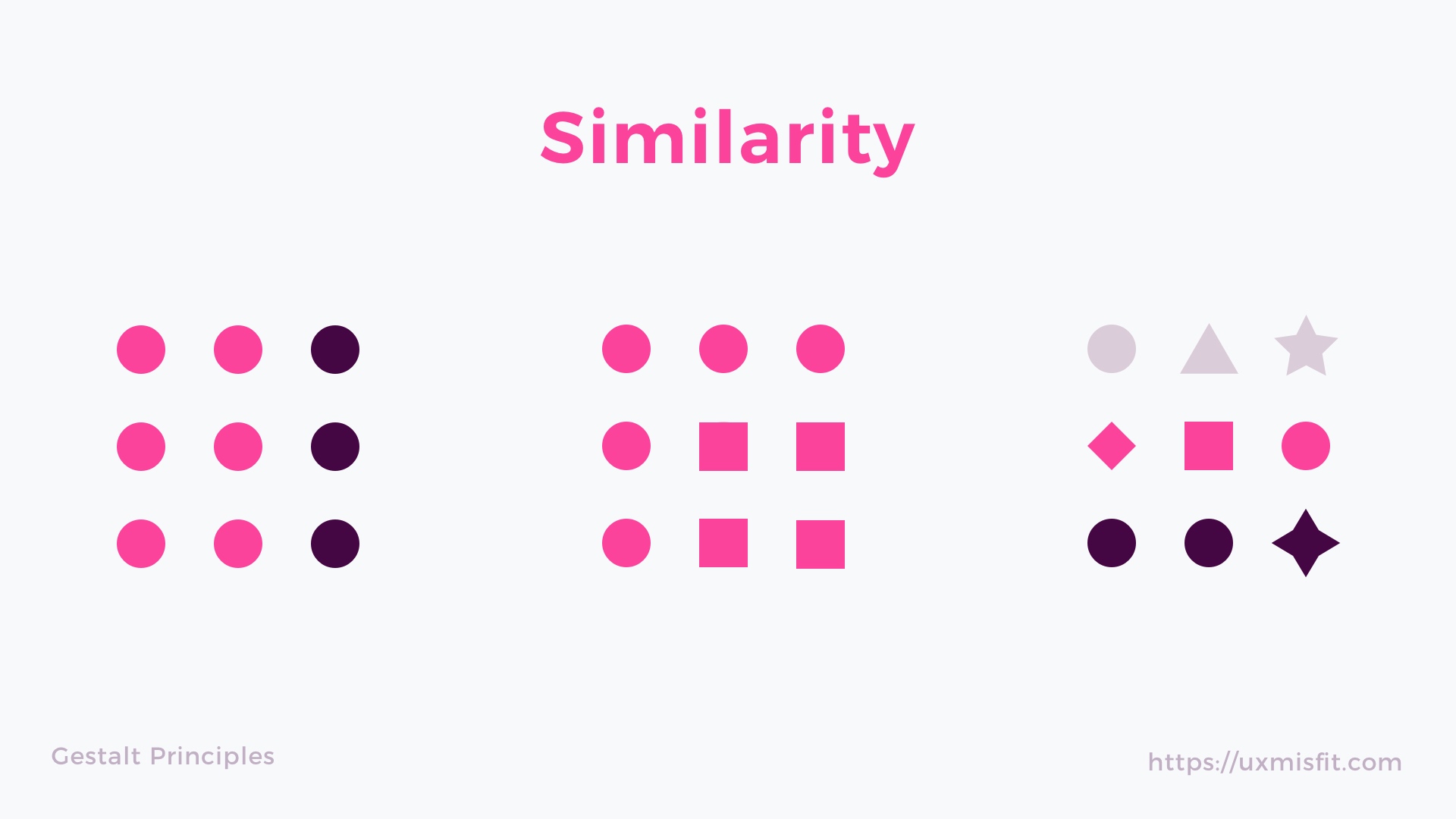
Gestalt Principles Similarity
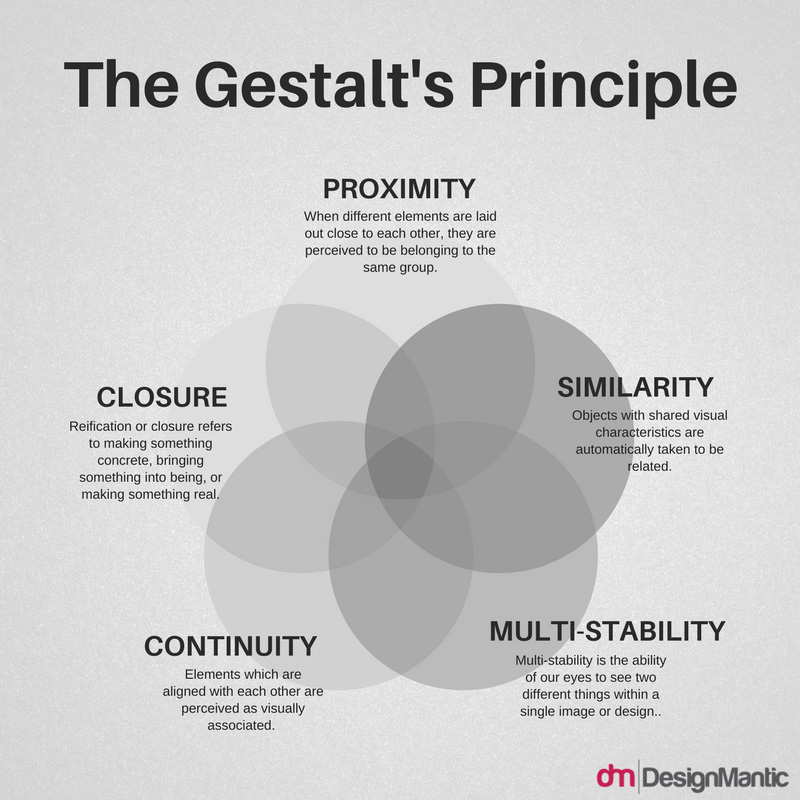
Gestalt Principles Simplicity
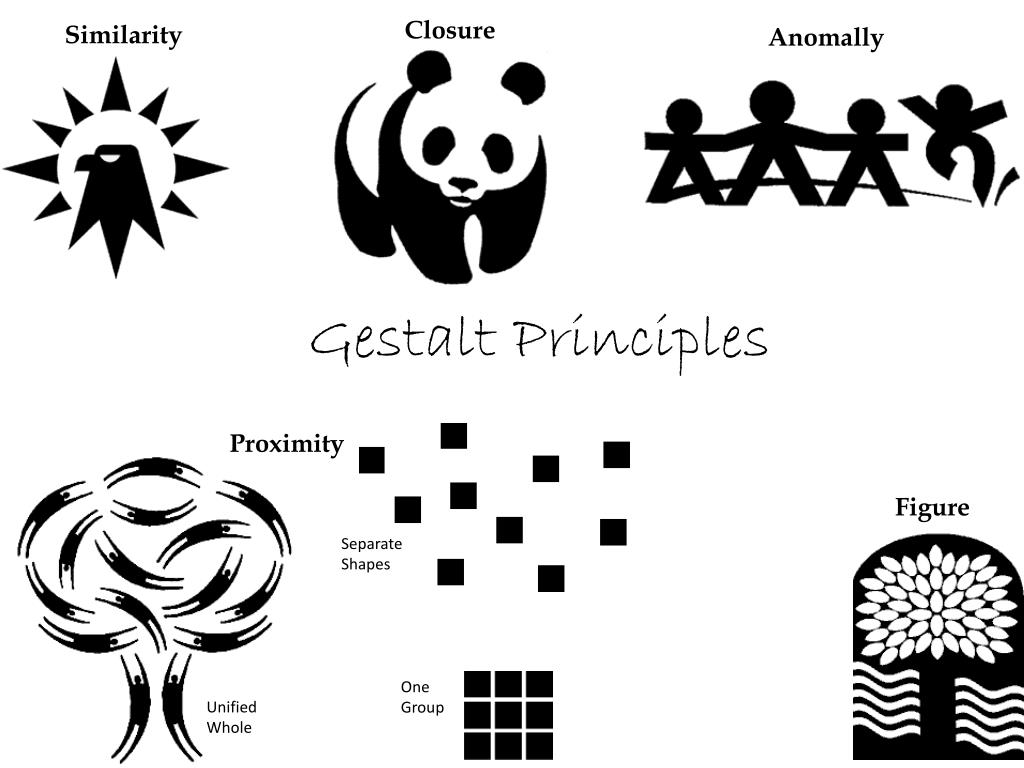
Examples Of Gestalt Principles

Gestalt Proximity In Art

Gestalt Proximity In Art
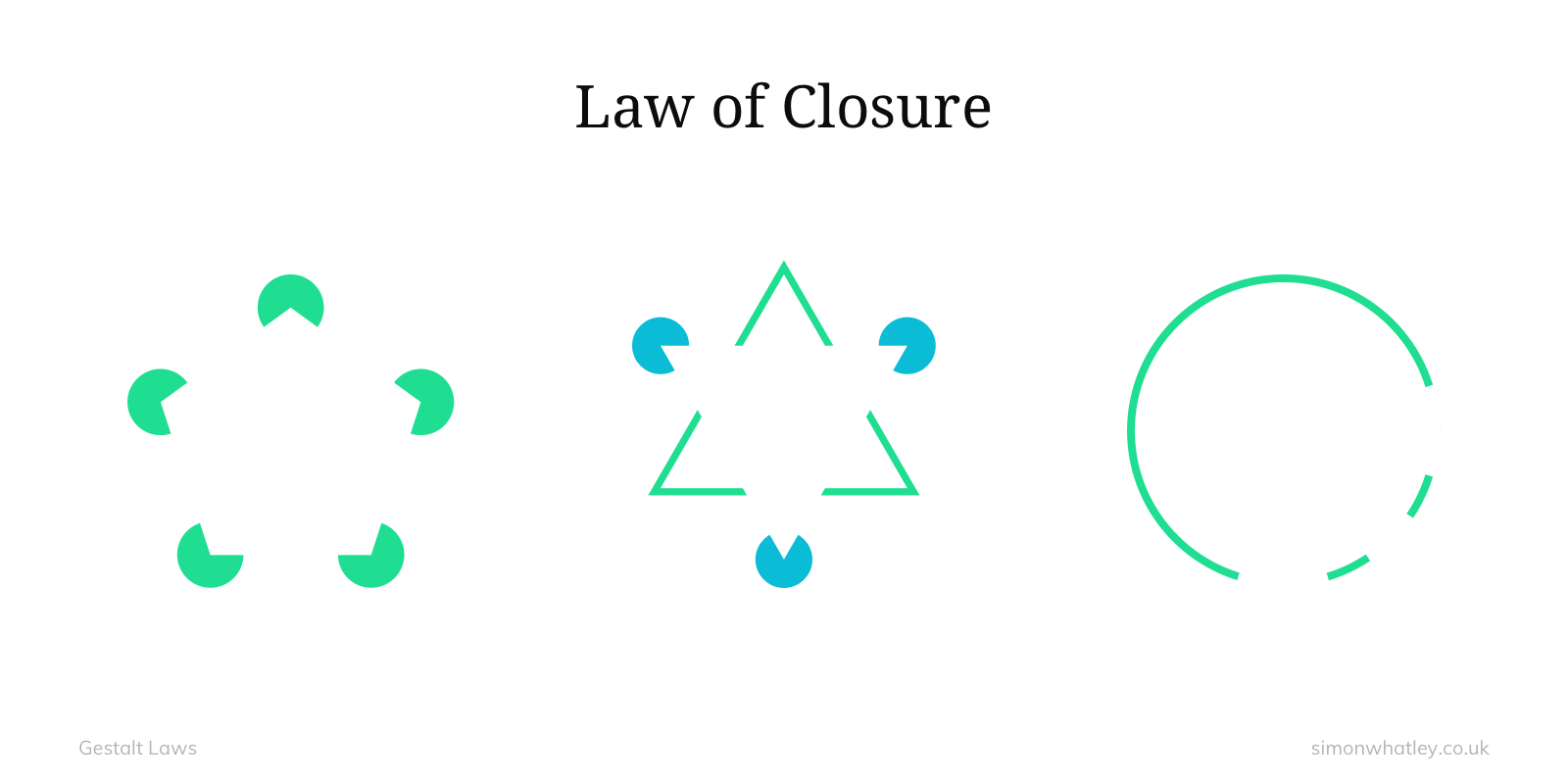
Gestalt Theory Closure Examples

What Are Gestalt Design Principles A Complete Breakdown Venngage

Law Of Similarity Gestalt Theory Examples Definition 2025
What Is Gestalt Theory - Gestalt psychology is a holistic approach that looks at the mind and behavior as a whole Learn the principles of Gestalt psychology and how it is used today